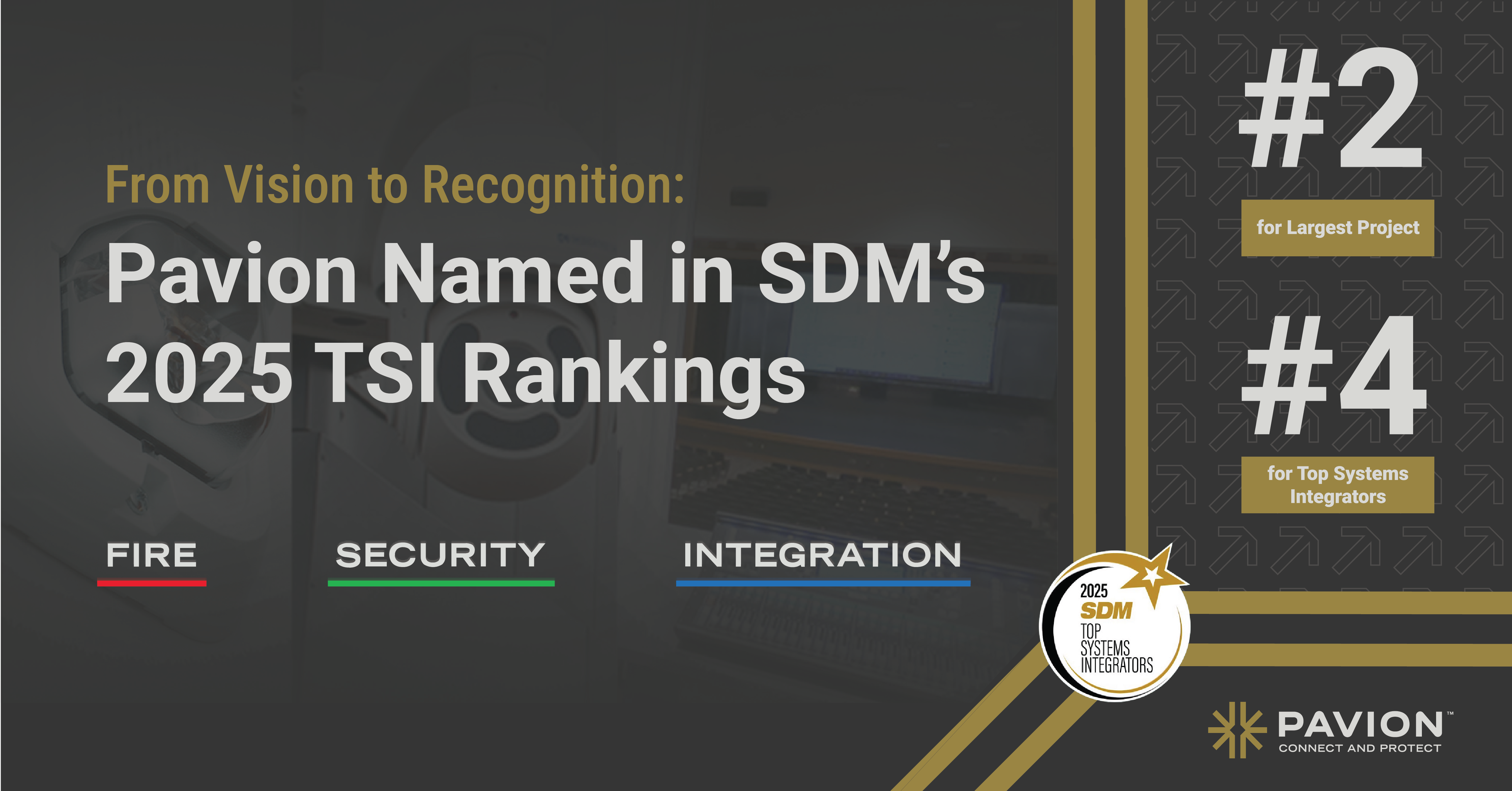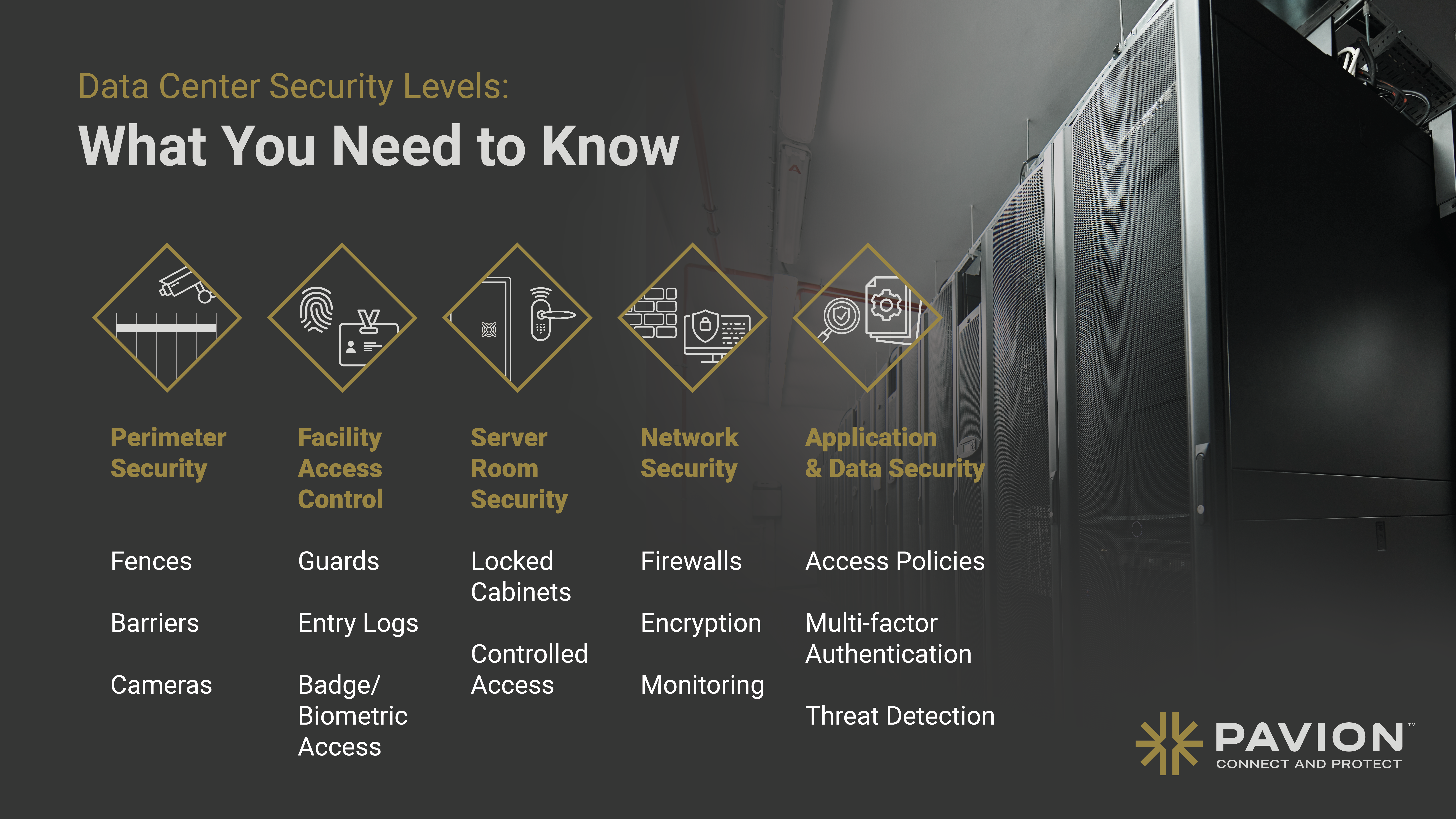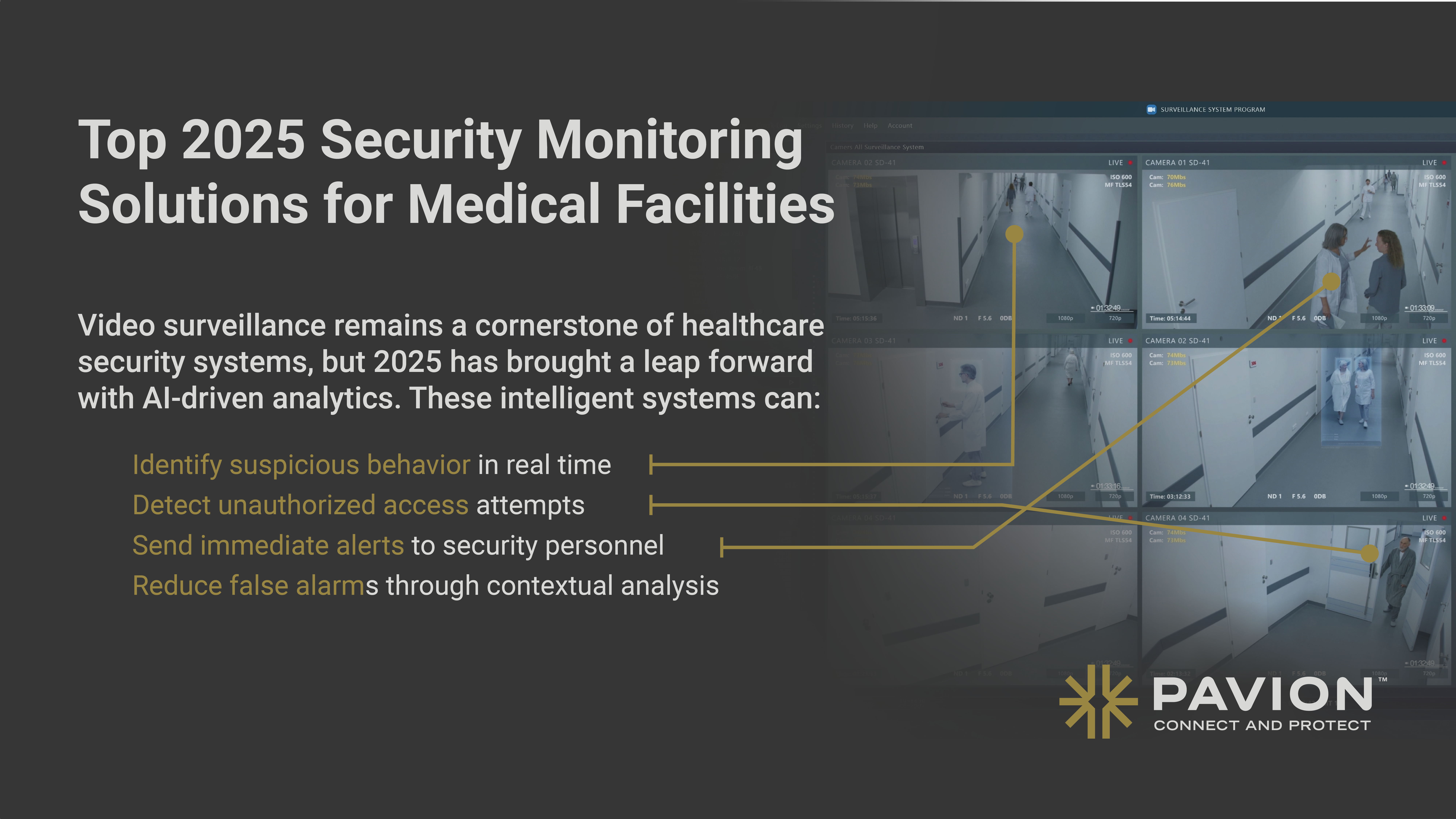
The Role of Audio-Visual Systems in Corporate Training
Pavion specializes in providing comprehensive audio-visual solutions for corporate training programs. In today’s fast-paced business environment, organizations rely heavily on effective communication and training to stay competitive. The integration of audio-visual systems has revolutionized corporate training, enhancing the learning experience, facilitating remote training, and improving overall training outcomes. In this article, we will explore the various aspects of audio-visual systems in corporate training, from understanding their definition and importance to selecting the right systems for your business and measuring their effectiveness.
Understanding Audio-Visual Systems
Before delving into the role of audio-visual systems in corporate training, it is essential to grasp their definition and significance. Audio-visual systems encompass the combination of visual and auditory components, such as projectors, screens, sound systems, and interactive devices. These systems enable organizations to deliver training content in a dynamic and engaging manner, creating a multimedia-rich learning environment.
Defining Audio-Visual Systems
Audio-visual systems refer to the integration of technologies to present information through both sound and visual elements. These systems include components such as projectors, audio speakers, video screens, interactive whiteboards, and other multimedia devices. By harnessing the power of visuals, animations, and audio, audio-visual systems enable trainers to convey complex concepts, demonstrate techniques, and engage trainees effectively.
Let’s take a closer look at some of the key components of audio-visual systems:
- Projectors: These devices are used to display visual content on a large screen or surface, allowing trainers to showcase presentations, videos, and other multimedia materials.
- Audio Speakers: Sound is a crucial element in audio-visual systems. Speakers are used to amplify and deliver clear audio, ensuring that trainees can hear the information being presented.
- Video Screens: These screens provide a platform for trainers to project visual content, making it easily visible to all participants in the training session.
- Interactive Whiteboards: These devices allow trainers to interact with the content being displayed, facilitating real-time annotations, highlighting key points, and encouraging trainee participation.
- Multimedia Devices: These include various tools and technologies that enhance the audio-visual experience, such as DVD players, microphones, cameras, and virtual reality headsets.
By utilizing these components, audio-visual systems enable trainers to create immersive and interactive learning experiences for trainees.
The Importance of Audio-Visual Systems in Communication
In today’s digital age, effective communication is paramount to organizational success. Audio-visual systems play a crucial role in enhancing communication within the corporate training context. By utilizing visual aids and audio reinforcement, trainers can convey information more efficiently, helping trainees to absorb and retain knowledge more effectively.
Visual aids, such as charts, graphs, and diagrams, can simplify complex concepts and make them easier to understand. They provide a visual representation of information, allowing trainees to grasp key ideas quickly. Additionally, animations and videos can be used to demonstrate techniques and processes, making them more engaging and memorable.
Audio reinforcement, on the other hand, ensures that trainees can hear and comprehend the information being presented. Clear and well-amplified audio is essential in large training rooms or when there are background noises that may hinder effective communication. By using audio-visual systems, trainers can overcome these challenges and ensure that every trainee receives the intended message.
Moreover, audio-visual systems enable trainers to foster interactive discussions and collaborative learning, creating an engaging training environment. Through the use of interactive whiteboards and other multimedia devices, trainees can actively participate in the training session, sharing ideas, asking questions, and collaborating with their peers. This not only enhances their learning experience but also promotes teamwork and knowledge sharing within the organization.
In conclusion, audio-visual systems are vital tools in corporate training, enabling trainers to deliver content in a dynamic and engaging manner. By utilizing visual aids, animations, and audio reinforcement, trainers can effectively convey information, simplify complex concepts, and foster interactive learning. The use of audio-visual systems not only enhances communication but also creates a multimedia-rich learning environment that promotes knowledge retention and collaboration among trainees.
The Impact of Audio-Visual Systems on Corporate Training
Now that we understand the fundamentals of audio-visual systems, let us explore their impact on corporate training.
Corporate training plays a crucial role in the development and growth of organizations. It equips employees with the necessary skills and knowledge to perform their jobs effectively. However, traditional training methods often rely on text-heavy materials and monotonous lectures, which may leave trainees feeling disengaged and hinder information retention.
Fortunately, audio-visual systems provide a dynamic and immersive learning experience that revolutionizes corporate training. By incorporating visuals, animations, and interactive elements, trainers can captivate trainees’ attention, enhance comprehension, and promote active participation.
This interactive approach not only increases knowledge retention but also ensures a more enjoyable learning experience. Trainees can now actively engage with the content, ask questions, and participate in discussions, fostering a collaborative learning environment.
Enhancing Learning Experience
Audio-visual systems have transformed the way corporate training is delivered. Gone are the days of boring slide presentations and lengthy lectures. Instead, trainers can now utilize a wide range of multimedia tools to create engaging and impactful training sessions.
Visuals, such as infographics, diagrams, and charts, help trainees grasp complex concepts more easily. They provide a visual representation of information, making it easier to understand and remember. Additionally, animations and videos can be used to demonstrate processes, showcase real-life examples, and bring theoretical concepts to life.
Moreover, interactive elements, such as quizzes, simulations, and gamified activities, make the learning experience more enjoyable and effective. Trainees can actively participate in the training session, test their knowledge, and receive immediate feedback. This not only reinforces learning but also boosts motivation and engagement.
Facilitating Remote Training
In today’s distributed workforce, remote training has become a necessity rather than an option. Organizations have employees spread across different locations, making it challenging to provide consistent training experiences.
Fortunately, audio-visual systems enable organizations to overcome geographical limitations and connect with employees wherever they may be. With the help of video conferencing, webinars, and virtual reality technologies, trainers can reach a wider audience and deliver consistent training experiences.
Remote training not only saves time and cost but also promotes inclusivity and accessibility for employees in remote or satellite offices. Trainees can join training sessions from the comfort of their own workspace, eliminating the need for travel and accommodation expenses. This also allows organizations to provide training to employees in different time zones, ensuring that everyone receives the same opportunities for growth and development.
Furthermore, audio-visual systems enable trainers to create interactive and engaging remote training sessions. Through video conferencing, trainers can conduct live demonstrations, facilitate discussions, and encourage collaboration among trainees. Virtual reality technologies can also be utilized to provide immersive and realistic training experiences, especially for industries that require hands-on practice.
In conclusion, audio-visual systems have revolutionized corporate training by enhancing the learning experience and facilitating remote training. By incorporating visuals, animations, and interactive elements, trainers can captivate trainees’ attention, enhance comprehension, and promote active participation. Additionally, audio-visual systems enable organizations to overcome geographical limitations and connect with employees across different locations. The impact of audio-visual systems on corporate training is undeniable, as it not only increases knowledge retention but also ensures a more enjoyable and inclusive learning experience.
Selecting the Right Audio-Visual Systems for Your Business
Choosing the right audio-visual systems for your training program is crucial to maximize their benefits. Here are some considerations:
Assessing Your Corporate Training Needs
Before investing in audio-visual systems, it is essential to assess your organization’s specific training requirements. Consider factors such as the training content, target audience, available resources, and desired outcomes. This assessment will guide you in selecting the most suitable audio-visual technologies and devices that align with your organization’s training goals.
Evaluating Different Audio-Visual Systems
With a wide array of audio-visual systems available in the market, conducting a thorough evaluation is essential. Assess factors such as display quality, audio clarity, compatibility with existing infrastructure, ease of use, and technical support. It is advisable to consult with audio-visual experts who can provide insights and help you make informed decisions.
Implementing Audio-Visual Systems in Your Training Program
Once you have selected the appropriate audio-visual systems for your business, the next step is their seamless integration into your training program.
Integration with Existing Training Methods
Audio-visual systems should complement and enhance your existing training methods. Ensure that the systems seamlessly integrate with your learning management platform and other training tools. This integration will facilitate a smooth learning experience and enable trainers to utilize audio-visual resources effectively.
Training the Trainers
Before implementing audio-visual systems, it is crucial to provide proper training to the trainers. They should be proficient in using the technology and maximizing its potential within the training program. Training the trainers will enable them to deliver engaging and interactive training sessions, ensuring the effective utilization of audio-visual systems.
Measuring the Effectiveness of Audio-Visual Systems in Training
Finally, to ensure the continuous improvement of your training program, it is essential to measure the effectiveness of your audio-visual systems.
Key Performance Indicators for Audio-Visual Training
Identify and track key performance indicators (KPIs) specific to audio-visual training. These indicators may include trainee satisfaction, knowledge retention rates, performance improvement, and training cost-effectiveness. Regularly evaluate these KPIs to assess the impact of audio-visual systems on your training program and make necessary adjustments for maximum effectiveness.
Continuous Improvement of Audio-Visual Training Methods
Technology is constantly evolving, and advancements in audio-visual systems present opportunities for continuous improvement of training methods. Stay updated with the latest trends and innovations in the audio-visual industry. Embrace new features and functionalities that can elevate your training experience and foster better learning outcomes for your organization.
In conclusion, audio-visual systems have revolutionized corporate training by enhancing the learning experience, facilitating remote training, and improving communication. Through careful evaluation and integration, organizations can select the right audio-visual systems that align with their training needs. By measuring effectiveness and continuously improving training methods, businesses can leverage audio-visual systems to their fullest potential, leading to better training outcomes and organizational success.
Transform Your Corporate Training with Pavion
Ready to take your corporate training to the next level? Pavion is here to help you connect, protect, and transform your training environment with cutting-edge audio-visual systems. Our tailored solutions are designed to meet the unique needs of your organization, ensuring that your team receives the clarity and engagement they deserve. Don’t miss out on the opportunity for a Free System Assessment to discover how we can enhance your training programs and drive success across your enterprise, healthcare, education, government, data center, or retail industry. Experience the Pavion difference today and see the radical service and technology innovation we bring to every project.


